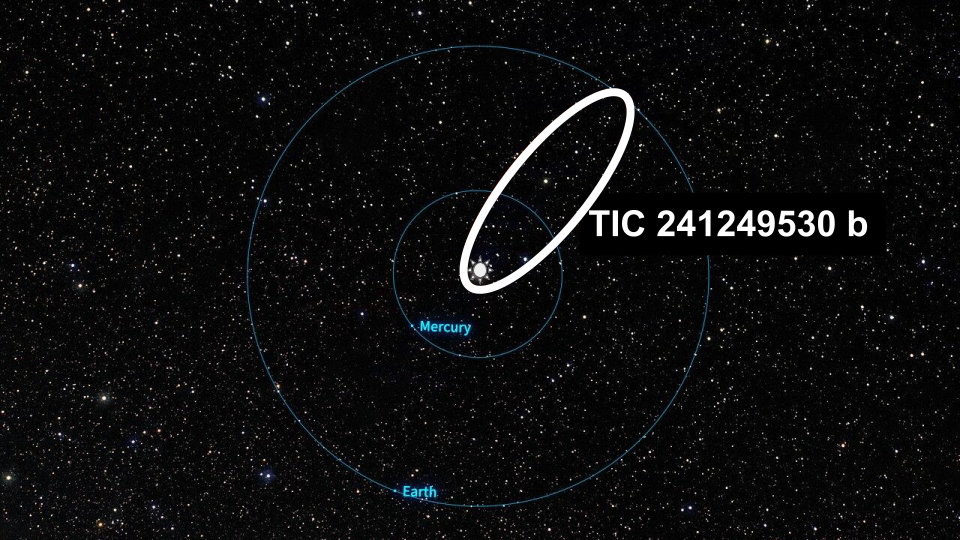
As of the day of this recording, Aug 8, 2024, more than 5600 exoplanets have been discovered orbiting more than 4000 alien stars. Within these systems we are regularly finding things our experiences with our own solar system never prepared us for. From tidally locked worlds, to hot jupiters, our universe is more creative than any of our theories predicted, and today, researchers work to sort just how each of these wild worlds can come to exist.
Consider hot jupiters. So far we’ve found 300-500 worlds with a Jupiter-like size in an orbit similar or even significantly smaller than Mercury’s. Many of these worlds are unlikely to survive for the billions year long lives of their solar systems, and they couldn’t have formed in these overly hot and violent locations either. We are simply catching them in a special moment of time when they are roasting in the light of their stars.
Since the first hot jupiter was discovered in 1995, researchers have been trying to explain how they got there. Our best theories predict these worlds interact with material in their solar system’s disks and migrate inward due to these interactions, or they migrate due to gravitational interactions with another object, such as a 2nd star in binary systems.
To demonstrate these theories, however, planets have to be caught in the act of migrating, and that just hasn’t happened… at least not until now. Observations of the transiting exoplanet TIC 241249530 b with the ground-based WIYN telescope discovered just the right kind of weird orbit to be what scientists have been looking for.
This planet is currently orbiting backwards relative to its solar system, and it has an orbit, that if scaled to match our solar system, would have it going from as close as Mercury to as far from its star as Earth. The star also has the kind of distant companion that can cause migration. According to models presented in a new paper in Nature led by Arvind F. Gupta, everything is consistent with gravitational tidal-forces driving the planet into the center of its solar system. Overtime, it is expected that this highly eccentric orbit will transform into a more normal, circularized orbit.
I have to admit, my first thought on hearing the orbit was backwards was to search the paper for the possibility that the planet was captured as it wandered by. The possibility isn’t discussed, and after thinking about it, I have to admit that planetary capture would be so unlikely that if a much simpler planetary migration fits the data that is likely the answer, but if you were wondering about that planetary capture, I was with you.
